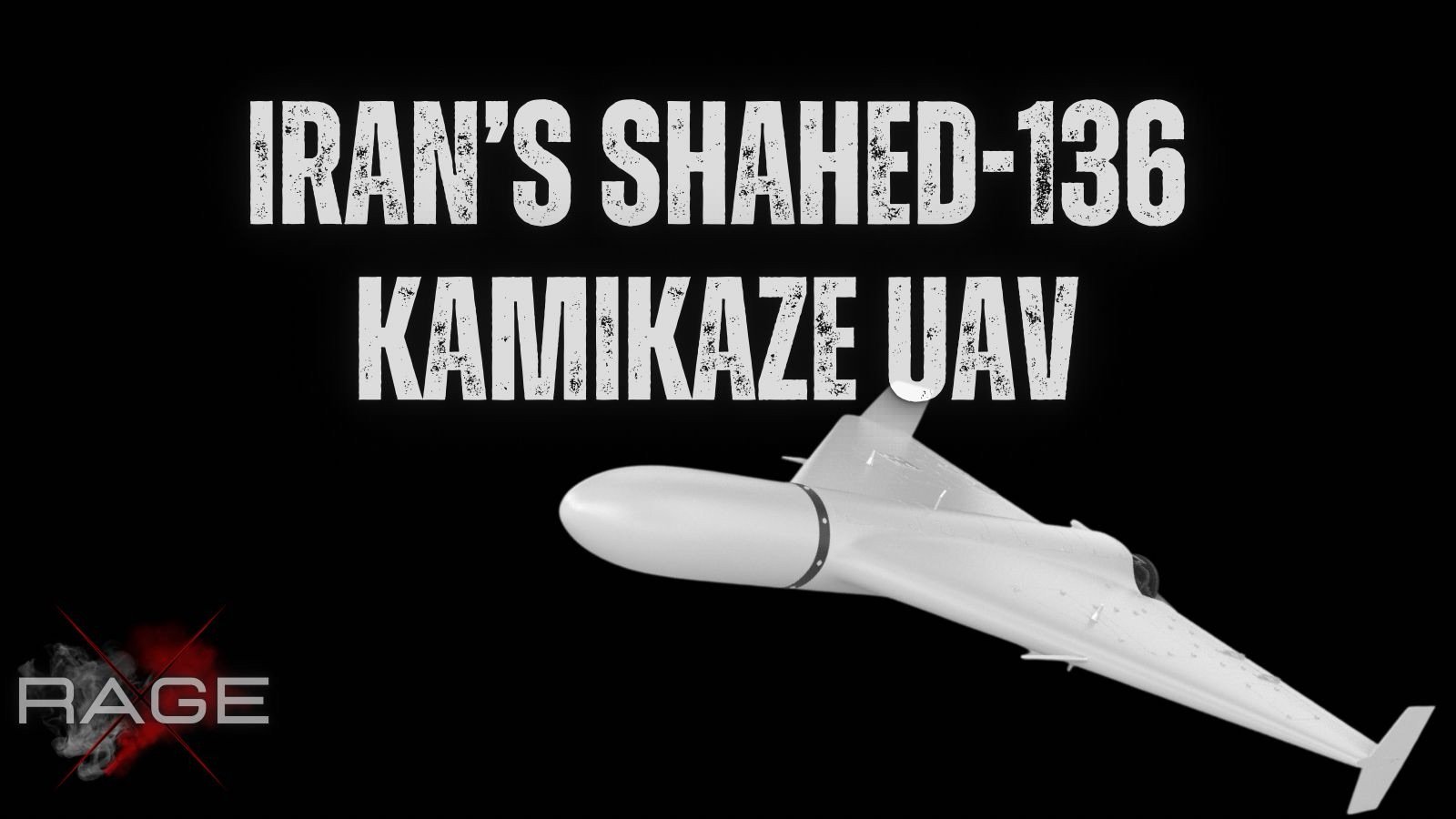Shahed-136 is an Iranian-made suicide drone imported and rebranded as Geran-2 by Russia.
Project Type
Loitering munition

Manufacturer
Iran Aircraft Manufacturing Industrial Company/ Shahed Aviation Industries Research Center
In the evolving landscape of modern warfare, the Shahed-136 Kamikaze UAV stands as an epitome of military ingenuity. Developed by Iran’s Aircraft Manufacturing Industrial Company (HESA), this loitering munition system is primarily designed for precision attacks. The drone has drawn considerable attention due to its exportation to Russia, where it has been renamed Geran-2 and has seen active deployment in conflict zones like Ukraine. This extensive report aims to uncover the Shahed-136’s technical specifications, performance metrics, and its geopolitical implications.

Manufacturer and Oversight
The Shahed-136 UAV is a product of the Iran Aircraft Manufacturing Industrial Company, a subsidiary of the Iran Aviation Industries Organization (IAIO), which is directly controlled by Iran’s Ministry of Defense and Armed Forces Logistics. Additionally, the Shahed Aviation Industries Research Center, a specialized unit of the Islamic Revolutionary Guard Corps Aerospace Force (IRGC ASF), oversees its design and manufacturing phases.
Shahed-136 Kamikaze UAV: Technical Specifications
• Project Type: Loitering Munition
• Manufacturer: Iran Aircraft Manufacturing Industrial Company/Shahed Aviation Industries Research Center
• Length: 3.5 meters
• Width: 2.5 meters
• Weight: 200 kg
• Payload Capacity: 40 kg
• Propulsion System: Mado MD550 4-Cylinder Engine
• Launch Mechanism: Rocket-propelled system
• Speed: Maximum 185 km/h
• Operational Range: Up to 2,500 km
• Warhead Options: Varies (up to 40 kg)
• Wingtip Stabilizers: Extendable, both up and down
• Service History: Since 2021
• Global Deployment: Iran, Russia (as Geran-2)
• Estimated Price: The estimated price for each UAV is $20,000
Structural Design
Sporting a streamlined delta-wing design, the Shahed-136 is aerodynamically optimized for superior flight performance. The stabilizing rudders at the wingtips contribute to its agility, while the centralized fuselage is skilfully integrated into the wings.
Propulsion and Performance
The UAV is launched using a rocket-propelled system situated beneath its fuselage. After the initial thrust, a pod jettison system immediately detaches the rocket, and a conventional Mado MD550 four-cylinder, two-stroke piston engine takes over the propulsion, driving a two-blade pusher propeller.
Armament
The drone is capable of carrying up to 40 kg of warheads, strategically located at its nose section. These can be precision-guided munitions aimed at high-value targets.
Family of Shahed-Series UAVs
The Shahed family is diverse, including several variants tailored for various military applications. These range from the smaller Shahed-131 to the intelligence-focused Shahed-121 and the larger, more advanced Shahed-149, similar in shape and size to the American MQ-9 Reaper.
Geopolitical Impact and Controversies
Beyond its technical prowess, the Shahed-136’s international footprint is immense. It has seen controversial deployments in Syria, Yemen, and recently Ukraine under its rebranded name, Geran-2. These actions have led to the imposition of sanctions on Iran by the European Union and the United States, highlighting the UAV’s far-reaching geopolitical ramifications.
Conclusion
The Shahed-136 Kamikaze UAV is more than a technological marvel; it’s a geopolitical catalyst. Its introduction into active conflict zones by Iranian and Russian forces demands urgent attention from global policymakers. Given its potential to shift the power dynamics of modern warfare, its influence extends well beyond the battlefield.























+ There are no comments
Add yours